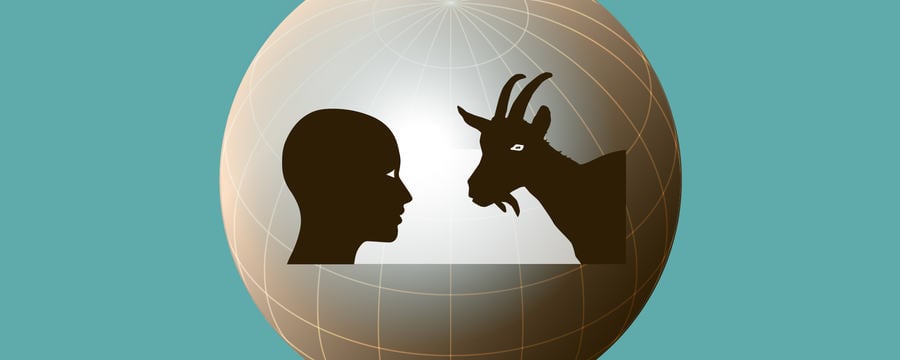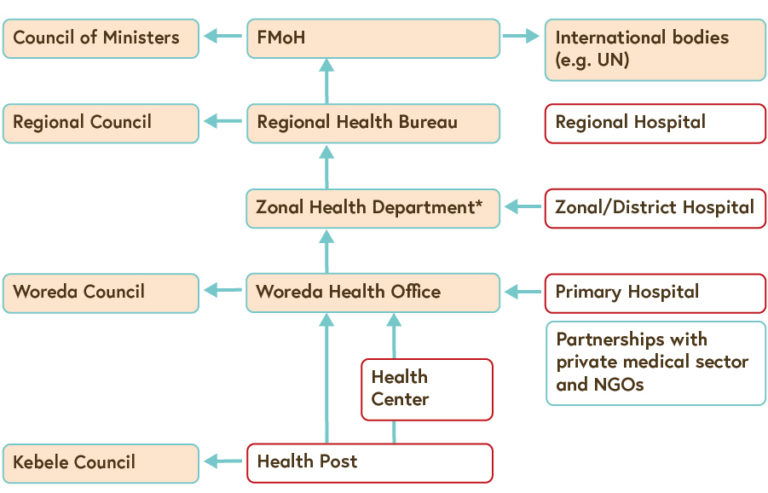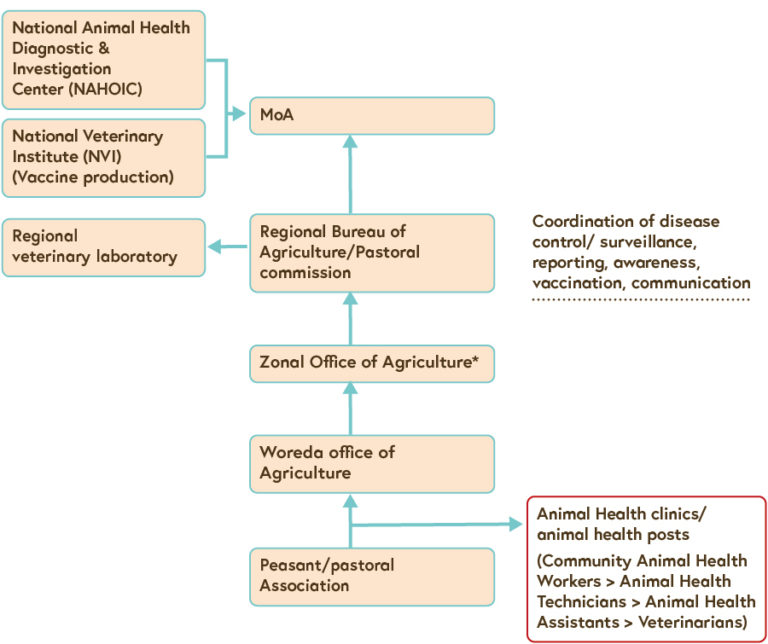Home / Healthcare & Medicine / Veterinary Science / One Health: Connecting Humans, Animals and the Environment / An influential perception
This article is from the free online
One Health: Connecting Humans, Animals and the Environment


Reach your personal and professional goals
Unlock access to hundreds of expert online courses and degrees from top universities and educators to gain accredited qualifications and professional CV-building certificates.
Join over 18 million learners to launch, switch or build upon your career, all at your own pace, across a wide range of topic areas.

 Organisation chart one: the structure and reporting systems of the Ethiopian human health system (FMoH stands for the Federal Ministry of Health)
Organisation chart one: the structure and reporting systems of the Ethiopian human health system (FMoH stands for the Federal Ministry of Health)  Organisation chart two: the structure and reporting system of the Ethiopian animal health system (MoA stands for the Ministry of Agriculture and Natural Resources in Ethiopia)
Organisation chart two: the structure and reporting system of the Ethiopian animal health system (MoA stands for the Ministry of Agriculture and Natural Resources in Ethiopia) 





